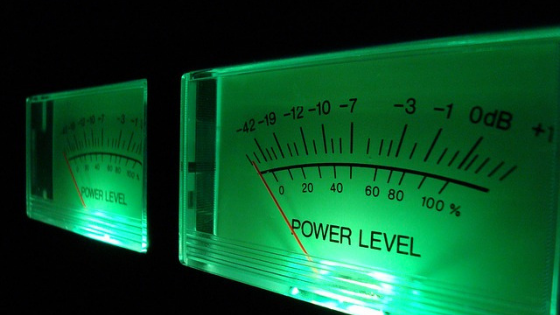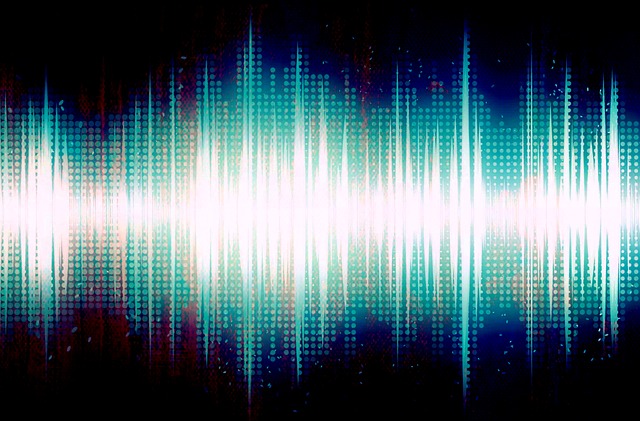A lot of people confuse what is frequency and what is decibel, thinking that both are the same or have some connection. However, in audio, they are completely different things, measurements used to quantify totally different sound characteristics.

What is frequency?
Sound frequency is a physical quantity used to measure the number of cycles of a sound wave. The higher the number of cycles, measured in Hertz (Hz, the same unit used to measure the cycles of a processor ), the higher the frequency of sound.
Frequency is directly related to height, which determines both low and high sounds: the higher the frequency, the higher the sound will be; the lower the frequency, the more severe it will be.
The healthy human ear can hear sounds within a frequency range between 20 Hz and 20,000 Hz (or 20 kHz). We call this track Sound Spectrum, because that’s where all the sounds we can hear naturally come into.
A lot of people confuse the pitch of the sound with the volume, which the decibels indicate, but they are not the same thing: the higher the frequency, the louder and shrill the sound will become until we reach a point where we can’t hear it. See you more.
What are decibels?
The decibel unit of measure (dB) is used to measure sound intensity, called “volume” or “height,” by measuring the relationship between the peaks and troughs of a sound wave. It works like this: the higher the wave, the greater the volume and consequently the greater the amount of decibels.
The scale measured in decibels is not linear but logarithmic: the intensity of a sound doubles every three decibels. In addition, the human ear is extremely sensitive to very loud sounds and suffers extensive damage from exposure to sound sources over 110 dB.

By way of reference, check out the intensity of some everyday sounds:
- Whispering: 20 dB;
- Normal conversation: 60 dB;
- Vacuum Cleaner: 80 dB;
- Traffic sounds: 90 dB;
- Music via headphones at maximum volume: 100 dB;
- Sound of thunder that fell nearby: 110 dB;
- Rock Band Show: 120 dB;
- Fighter jet taking off 20 m away: 140 dB;
- Fireworks explosion 1 m away: 160 dB;
- Takeoff of a nearby rocket: 180 dB.
It is important to remember that the decibel count varies depending on the context in which it is applied (it is not only used for sound intensity but also for sound pressure and power) and is an important measure of whether a sound is harmful or not to your ear.
Thus, it is very clear that when we talk about decibels, we are referring to the intensity of the sound, while the frequency refers to how loud or loud a sound is.
